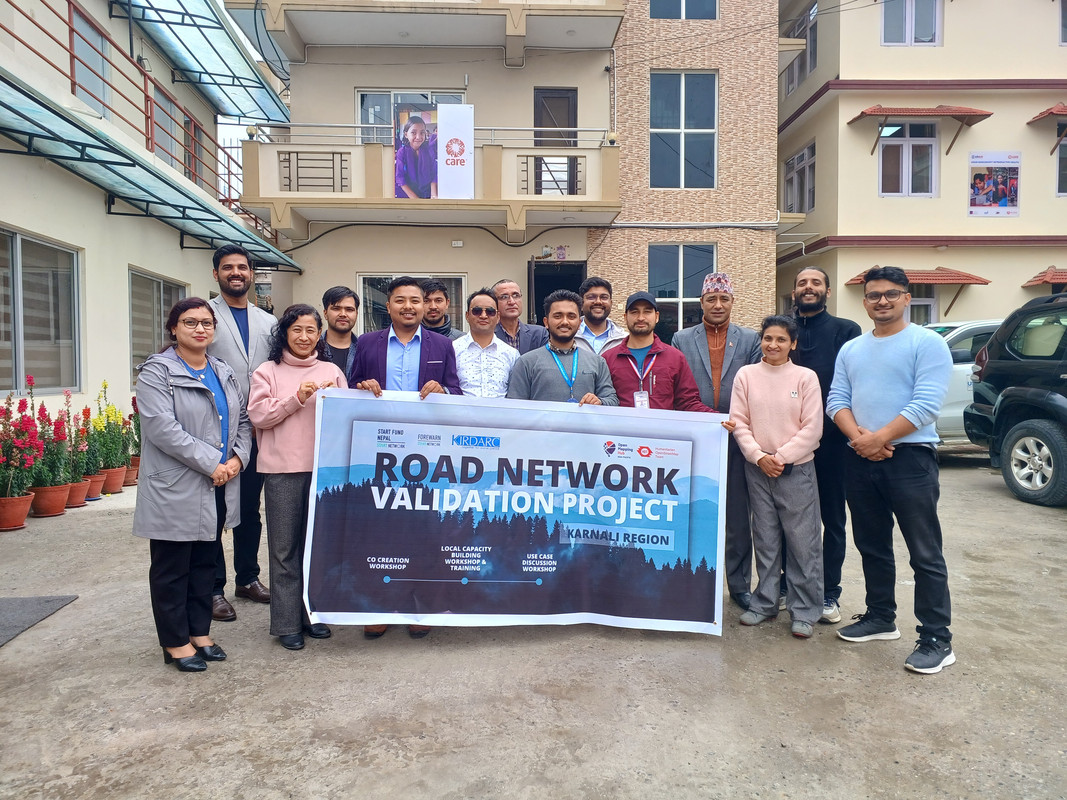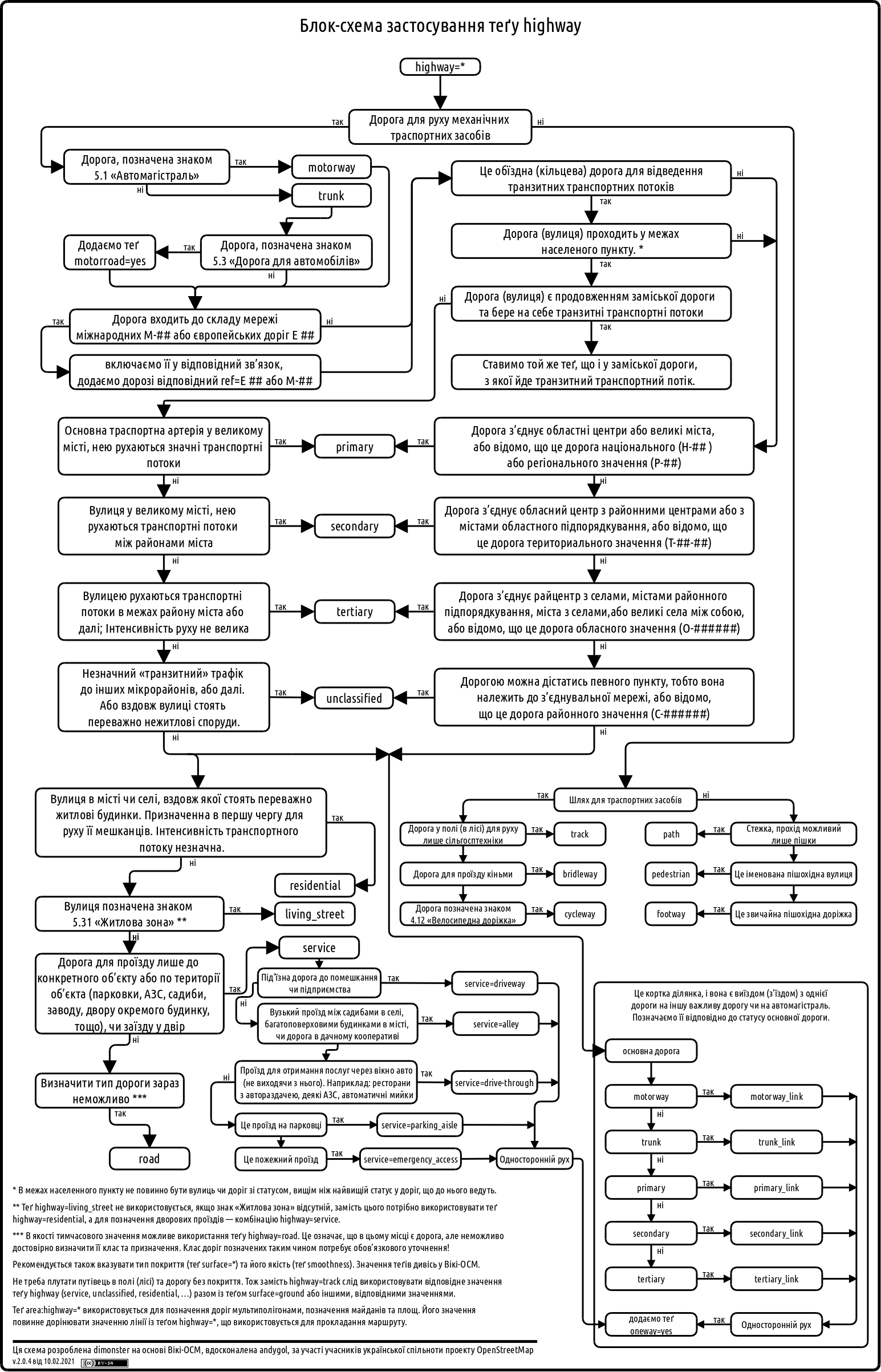Update from August 29th: I’ve upgraded the speeds back to 160. What a crazy exercise of futility. One day later I also obtained summary bulletin order describing most of the changes. There’s still a little more work to do.
Update from August 11th: There are ramblings about the maximum speeds already being changed since July, before I even made this post. I may have shot myself in the foot here although the original editor of the edits I “reverted” presumably didn’t know about the actual rule changes either.
I’ve tried requesting the newest ETT on August 8th and I received the same ETT I already had. The speed changes may have been issued by general order without a general ETT update. As I still have no hard evidence, I can’t yet modify the speed limits yet. It may be necessary to wait for revenue service if nobody can point me to the document I need to request.
On the bright side while going through all of this, I had a chance to closely review speed limits in the Rhode Island and Massachusetts areas. The editors (presumably stevea at least at first) had a solid understanding of the speed change boundaries.
While researching the editor(s), I encountered a changeset that has a URL to yet another ETT I don’t have. Amazing.
End updates
https://archive.org/details/AMTK-NEC-employee-timetable-20250505-si
This is the most up to date Northeast Corridor Employee Timetable (ETT) I’ve requested, published May 5, 2025. It contains Amtrak’s maximum authorized speeds on the Northeast Corridor. The Acela 2’s planned speeds (mostly focusing on changing 150 to 160 mph) have not yet been integrated into the rules by Amtrak, despite the observed or assumed compatibility with 160 mph service by track class, catenary structure or demonstration in recent test runs. The current runs remain just that: test runs.




